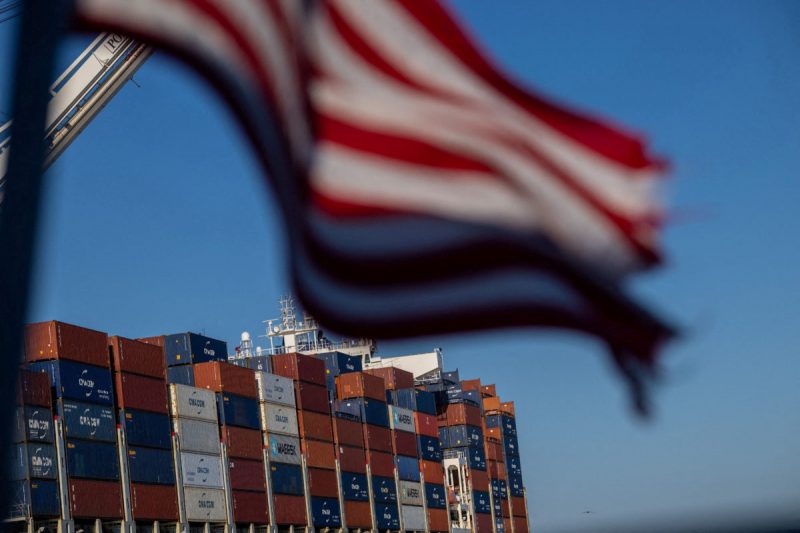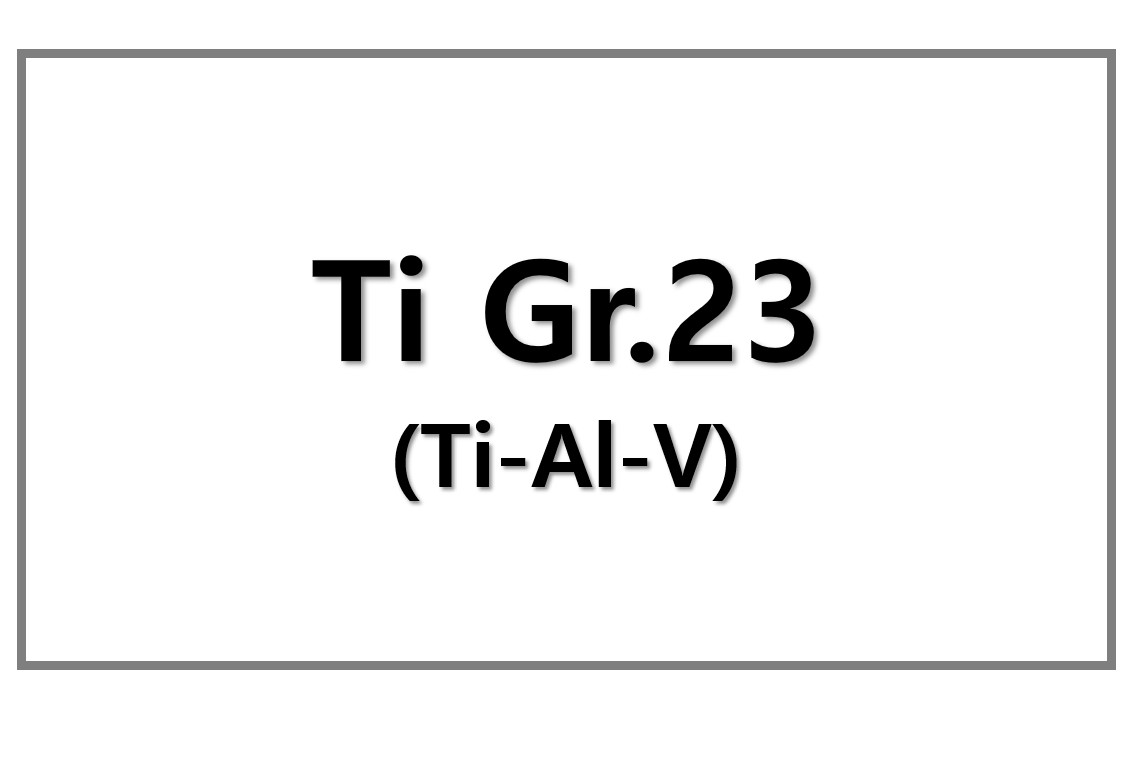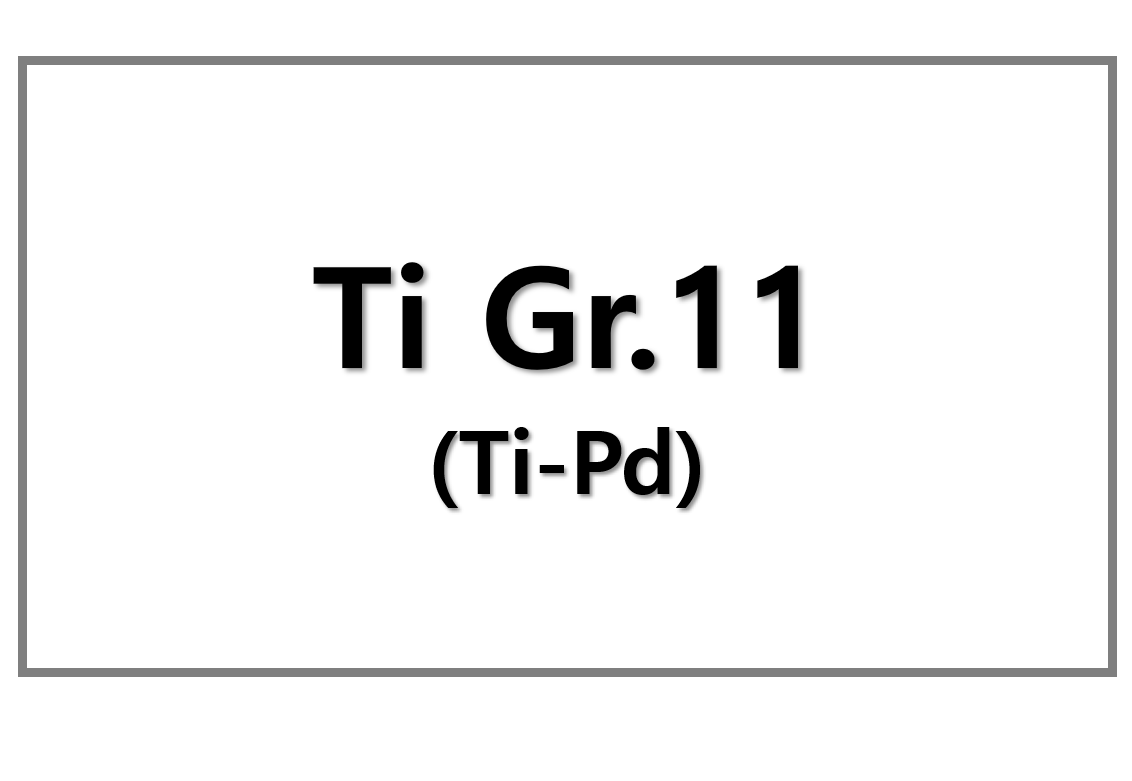
Understanding Trump’s New Tariffs: What You Need to Know
US President Donald Trump announced new tariffs affecting nearly 70 countries and the European Union. Most tariffs will start on August 7, 2025, allowing customs extra time to update the Harmonized Tariff Schedule. Imports shipped before August 7 and arriving before October 5 will avoid new duties. The baseline tariff rate for most countries not listed is 10%, with stricter charges for goods transiting to avoid higher duties. Key partners like China, Canada, and Mexico face separate, specific rates.
Brazil will face a steep 50% tariff from August 1, combining a 40% penalty with the standard 10%, tied to political disagreements. India faces 25% tariffs plus extra penalties related to its BRICS membership and Russian trade ties. Meanwhile, Canada’s tariffs rose from 25% to 35%, prompting disappointment from Ottawa’s leadership. Conversely, Mexico secured a 90-day tariff extension to negotiate a trade deal, easing immediate tensions.
Global Reactions and Trade Implications
Switzerland received a shock with a 39% tariff on imports, one of the highest rates, triggering concerns over its economy due to heavy reliance on US exports. Swiss officials plan to negotiate, considering offers such as increased American LNG purchases or greater Swiss investment in the US. The European Union reached a tentative agreement but keeps 50% tariffs on steel, provoking criticism from EUROFER and German politicians, who push for metal quotas to be re-discussed.
Meanwhile, US-China trade tensions remain unresolved. The 90-day tariff pause on Chinese goods expires August 12, and talks to extend it failed. China continues to face a 30% tariff on its exports to the US, maintaining pressure on global supply chains.
SuperMetalPrice Commentary:
Trump’s new tariffs reshape global commodity flows and metal markets. The broad reach and varied rates create uncertainty for manufacturers and traders worldwide. Meanwhile, the ongoing US-China dispute highlights the fragile nature of trade relations. Steel tariffs remain a flashpoint in US-EU diplomacy, affecting critical metal sectors. Market participants should monitor developments closely as negotiations continue, balancing geopolitical strategy with economic realities.











Leave a Reply
You must be logged in to post a comment.